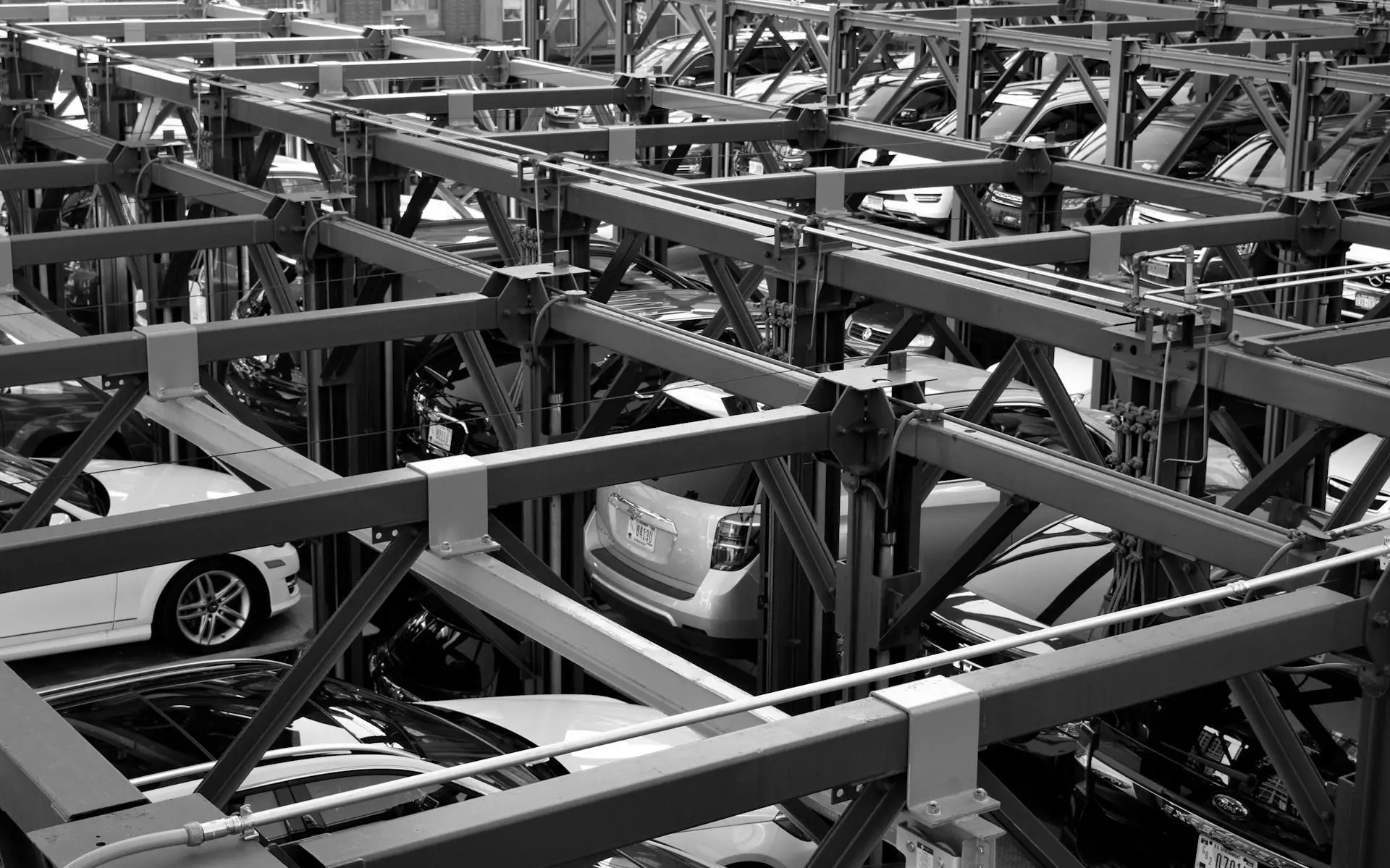DIY Car Maintenance: Economical Tips for Basic Repairs
In today's world, vehicle ownership comes with the responsibility of regular upkeep and repairs. Proper car maintenance is crucial not only for ensuring safety but also for prolonging the lifespan of a vehicle. Additionally, taking on basic repairs independently can lead to significant savings. This article explores essential DIY car maintenance practices and offers insights into how to handle these tasks efficiently.
Understanding DIY Car Maintenance and Repairs
DIY car maintenance refers to the practice of performing vehicle upkeep and minor repairs without relying solely on professional services. Understanding basic car mechanics is invaluable. It empowers vehicle owners to better manage the health of their cars while simultaneously cutting down on repair costs. Engaging in DIY maintenance & repairs can foster a deeper knowledge of how vehicles operate, making it easier to identify issues early on.
Benefits of DIY Maintenance
- Cost Savings: Avoiding labor fees by performing repairs oneself can lead to significant financial benefits.
- Enhanced Knowledge: Gaining hands-on experience provides insight into vehicle functionality.
- Empowerment: Successfully completing repairs instills confidence, making it less intimidating to tackle future issues.
Essential Areas for DIY Maintenance & Repairs
1. Routine Maintenance
Oil Changes Regular oil changes are vital for effective engine performance. Old oil can lead to overheating and engine damage. Here’s how to perform a DIY oil change:
- Step 1: Gather necessary tools—wrench, oil filter wrench, oil pan, and new oil and filter.
- Step 2: Warm up the engine for a few minutes to thin the oil, making it easier to drain.
- Step 3: Use the wrench to remove the oil drain plug and allow the old oil to empty into the pan.
- Step 4: Replace the oil filter, using the wrench to tighten securely.
- Step 5: Reinstall the drain plug and refill with new oil.
Air Filter Replacement A clean air filter is essential for optimal engine performance. Signs of a dirty air filter include decreased fuel efficiency and engine performance. To replace the air filter:
- Step 1: Locate the air filter housing under the hood.
- Step 2: Remove the old filter, checking for debris.
- Step 3: Install the new filter, ensuring it's seated properly.
Tire Maintenance Maintaining proper tire pressure and tread depth is crucial for safety and efficiency. Regular checks should be performed:
- Checking Pressure: Use a tire gauge to monitor the pressure monthly. Inflate as necessary.
- Tread Depth Check: Use the penny test—insert a penny into the tread. If you can see all of Lincoln’s head, it’s time for new tires.
2. Brake Maintenance
Understanding Brakes Braking systems can be either disc or drum. Signs of brake wear include squeaking or grinding noises. Regular inspections are essential to ensure safety.
Replacing Brake Pads Having the right tools (jack, jack stands, tire iron, socket set) makes replacing brake pads simpler. Follow these steps:
- Step 1: Raise the vehicle and remove the wheel.
- Step 2: Locate the caliper and remove it.
- Step 3: Replace the old pads with new ones, ensuring everything is secure before remounting the wheel.
3. Battery Care
Battery Maintenance Keeping a car battery well-maintained can prevent unexpected failures. Check and clean battery terminals regularly:
- Step 1: Inspect for corrosion and clean with baking soda and water.
- Step 2: Tighten any loose connections to ensure proper contact.
Replacing a Car Battery Signs that a battery may need replacing include dimming lights and difficulty starting the engine. Replacing it involves:
- Step 1: Disconnect the negative terminal first, followed by the positive.
- Step 2: Remove the battery and install the new one, connecting the positive terminal first.
4. Fluid Checks and Replacements
Coolant Level Maintaining proper coolant levels prevents overheating. To top off coolant:
- Step 1: Inspect the reservoir; if it’s low, add the appropriate coolant mixture.
- Step 2: Check for leaks regularly.
Brake Fluid and Power Steering Fluid Low levels can negatively affect vehicle performance. To check:
- Step 1: Locate the reservoirs for both fluids.
- Step 2: Use a dipstick or eye-level markings to check levels and top off as needed.
5. Light and Indicator Replacements
Importance of Functional Lights Safety is paramount, and well-functioning headlights and taillights are vital for nighttime driving.
Replacing Headlights and Taillights Replacement is often straightforward:
- Step 1: Identify the bulb that needs replacing and remove the protective cover.
- Step 2: Unscrew the old bulb and replace it with a new one, ensuring a secure fit.
As vehicle owners become familiar with these basic techniques, they can feel more capable of tackling other maintenance & repairs.
Ultimately, engaging in hands-on car care not only saves money but also fosters confidence in vehicle management. For anyone seeking to enhance their knowledge, ample online resources and tutorials provide guidance for tackling these common tasks.
By investing time in DIY maintenance, vehicle owners can achieve substantial savings while ensuring their cars remain in optimal working condition. Embracing this proactive approach can make all the difference in effective vehicle care.








